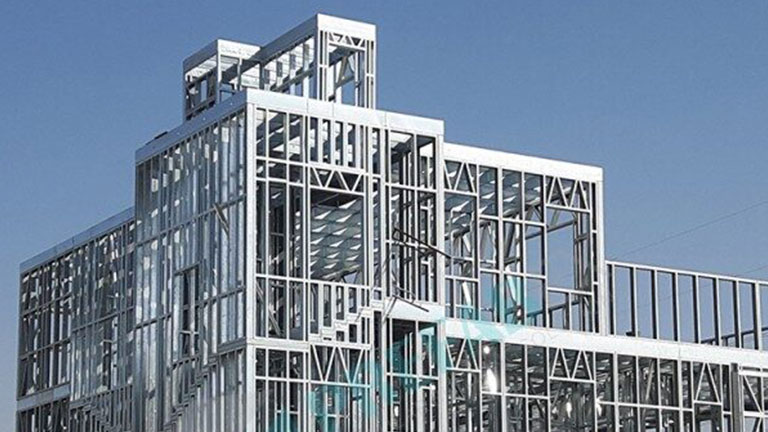- Call Us Today! 555.365.323
- |
- sales@africansteelsynergy.com

Cold-formed steel (CFS) framing is rapidly becoming the material of choice for student dormitories, assisted living facilities, hotels, multi-family homes and other mid-rise buildings across the country.
Because CFS framing is lightweight, extremely strong, noncombustible and relatively easy to install, it has dominated the market for interior, non-load bearing partition walls in commercial construction. With advanced technological developments like panelized construction, the building community is using structural CFS framing in mid-rise and multi-housing buildings.
“But what exactly is this product that building professionals depend so heavily on?”
CFS members are made from structural quality sheet steel that are formed into C-sections and other shapes by roll forming the steel through a series of dies. No heat is required to form the shapes (unlike hot-rolled steel), hence the name cold-formed steel.

CFS framing is made from strips of structural quality sheet steel that are fed through roll forming machines to meet the requirements of specific applications.
A variety of steel thicknesses are available to meet a wide range of structural and non-structural applications.
CFS was introduced to North America industries in the 1850s. However, the general use of CFS framing in construction did not begin until the 1900s, due to the availability of other more familiar materials and a lack of standardized CFS design methods.
Learn more about the history of CFS.
CFS is necessary for modern construction projects that require the utmost in safety and strength. The shiny steel components you see often embedded into the framework of modern homes and buildings are CFS. This steel is used as the structural foundation of these building projects.

For example, the skeletons of homes that you might see in the early stages of construction. Other uses include columns, decking, roofing, load-bearing support and more.
CFS members have been adapted to meet almost any project need. They include drift connectors, vertical deflection connectors, rigid connectors, load-bearing members, curtain wall members, specialty connectors, drift connectors, hybrid vertical connectors, fixed connectors, cold formed steel bridging connectors and members and more.
The American Iron and Steel Institute publishes both free and for-purchase CFS standards, design guides and other technical documents. Local building codes often refer back to the most recent AISI publication.
CFS framing has a proven track record of providing sustainable benefits for low and mid-rise buildings. It also offers significant cost benefits over competitive building materials, especially when the total cost of construction is considered.
© Copyright 2025 | All Rights Reserved.